You don’t have to leave the country to find paradise. Australia is surrounded by secluded islands and coral cays, close enough to for a cheeky weekend away but packed with plenty to do. You’ve heard of Fraser Island, but there are plenty more tropical havens to explore.
Here are some of our favourite Australian islands (that aren’t Fraser), and why they make the best getaways.
Lord Howe Island, NSW
Lord Howe sits amidst the world’s southernmost coral reef, with 28 islets to explore. Spectacular snorkelling, diving and boating opportunities make it the perfect summer destination for families. The island limits its intake to just 400 visitors at a time. Lord Howe boasts one of the best day hikes in the world: the 875-metre Mt Gower summit climb. But be warned; the challenging 14km return trip is not for the faint of heart or fearful of heights.
Read more: Lord Howe Island as a family.

For families who prefer to stay at sea level, there are plenty of well-marked walking trails along the island. The Little Island walk is a great option for younger kids, winding through ancient forests of banyan trees and kentia palms. Lord Howe is just a two-hour flight from Sydney or Brisbane. It has a range of private lodges and self-contained apartments to choose from.
Kangaroo Island, South Australia
As the name suggests, South Australia’s Kangaroo Island is a haven for native Australian wildlife. Plump sea lions, wombats, koalas and, of course, kangaroos thrive in the protected conservation areas and expansive national parks. For nature lovers, Kangaroo Island is the ideal getaway.
Flinders Chase National Park encompasses more than 300 square kilometres of wilderness on the island.
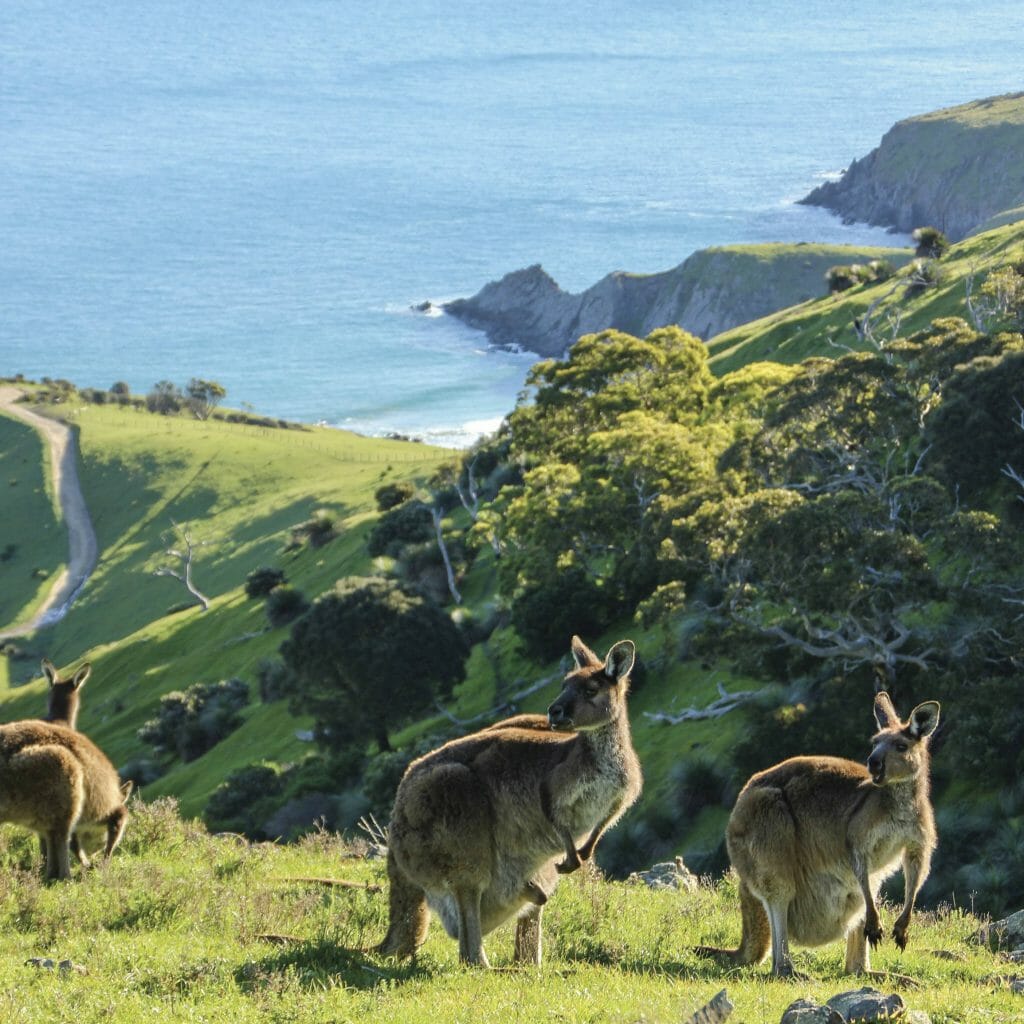
Bounce over to Seal Bay to see the resident sea lions, clamber over the Remarkable Rocks, or tunnel down into Kelly Hill caves. Marvel at Admiral’s Arch, climb the Cape Borda Lighthouse and smell and taste your way through lavender and honey farms.
The park’s pram- and wheelchair-friendly boardwalk reveals secluded beaches, heritage sights, rivers and lighthouses. Kids can get up close with the animals at Kangaroo Island Wildlife Park. Set over 20 hectares, visitors can hand-feed wallabies, cuddle koalas and watch penguins, cassowaries and echidnas. Accommodation on Kangaroo Island ranges from caravan parks and campsites to luxury resorts and private guesthouses. We recommend checking out Kingscote, Penneshaw, Emu Bay or Vivonne Bay. The SeaLink ferry departs Cape Jervis and Penneshaw three times a day and takes about 45 minutes to reach Kangaroo Island. You can make the trip with your car, allowing easy access to the attractions.
Read more: best family-friendly activities to do on Kangaroo Island here.
Cockatoo Island, Sydney
Cockatoo Island has experienced an impressive revival since the Sydney Harbour dockyard closed down in 1992. The Sydney Harbour Trust undertook a huge restoration project and re-opened the island in 2007. It is now the site of festivals, concerts, restaurants and unique accommodation, including the world’s first urban waterfront campsite.
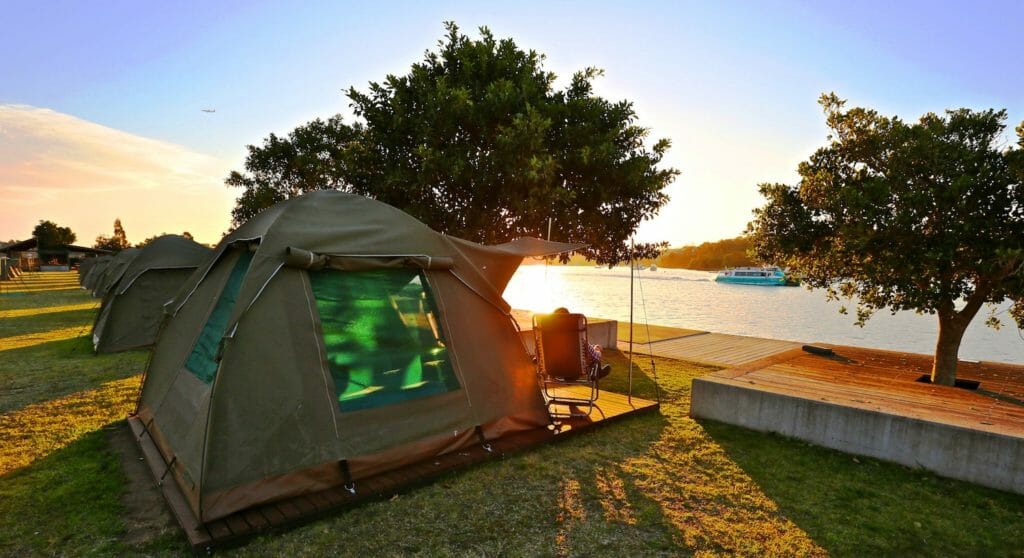
Self-guided and group tours open a window into Australia’s maritime and convict history, highlighting the role Cockatoo Island played during the early settlement period. Grab a map from the visitor centre and follow the convict trail, meandering through tunnels and clambering over old industrial machines in the dockyard.
Stay overnight at one of the coolest campsites in the country and wake up to an unbeatable view of Sydney Harbour. Sleep under the stars in a pre-erected tent or set up your own camp for a super-affordable getaway with the kids. Cockatoo Island is a 30-minute ferry ride from Circular Quay.
Rottnest Island, Western Australia
From sparkling beaches to smiley quokkas, you’ll have plenty of Instagram material after a visit to Rottnest Island in Western Australia. The island is small and virtually car-free so it’s best explored on two wheels. Bikes are available from the mainland or organised as part of a tour.
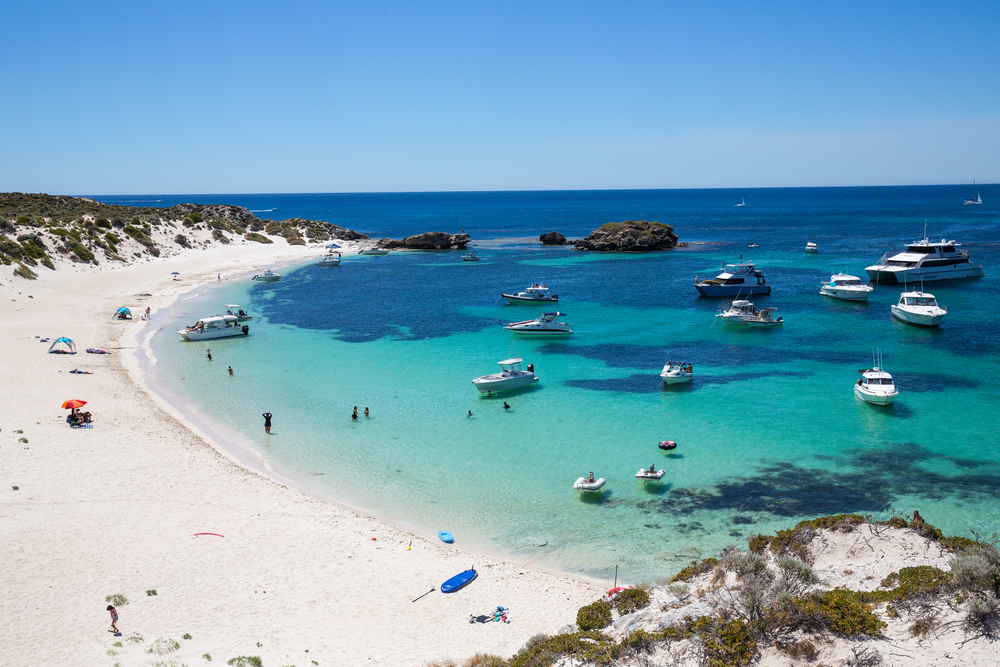
Strap on your helmet and hit the cycle paths, stopping at secluded beaches along the way. Find a beachside picnic spot or pedal up to Bathurst Lighthouse for a brilliant view over Pinky Beach.
Rottnest is an easy day trip from Perth, but you could easily fill in a few days here.
It’s worth staying overnight to catch a stunning WA sunset from the shore. There’s plenty of accommodation options for families, including campgrounds, bungalows, resorts and apartments. Ferries to Rottnest depart from Rous Head in North Fremantle, Victoria Quay in Fremantle and Hillarys Boat Harbour in Perth’s north.
Read more: Ultimate intro to Western Australia for first-timers
Lady Musgrave Island, Queensland
About 60km off the Queensland coast in the southern Great Barrier Reef, Lady Musgrave Island plays host to a remarkable natural spectacle.
From October each year, green and loggerhead turtles head to the island’s protected lagoon to lay their eggs. A couple of months later, the hatchlings squirm out of their shells and take their first clumsy steps towards the sea.
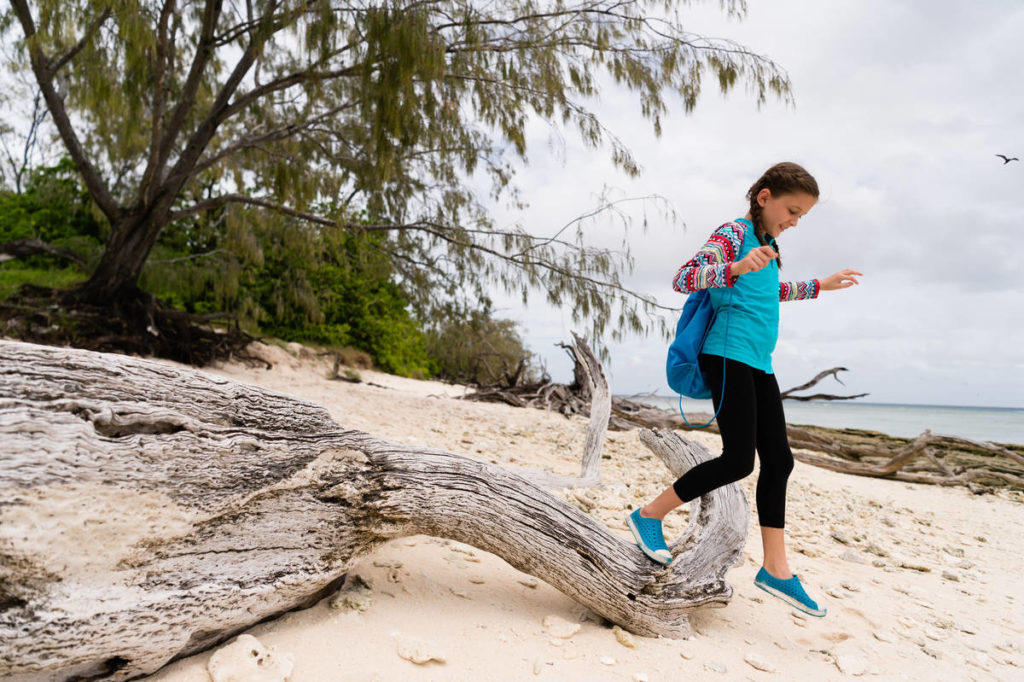
In the surrounding waters, more than 1500 species of fish navigate clusters of coral. Thousands of seabirds also flock to Lady Musgrave to nest in the thick vegetation.
Boats to the island depart from Bundaberg Port Marina, about four hours north of Brisbane. It’s an ambitious day trip, so consider staying overnight. Camping on Lady Musgrave is actually pretty special. Only 40 people are permitted to stay on the island at any one time, and it’s super affordable at less than $30 per night. Alternatively, the Reef Sleep experience lets visitors spend the night on a small catamaran off the coast of Lady Musgrave and snorkel right off the boat.
Fitzroy Island, Queensland
When it comes to natural utopias, few islands compare to Fitzroy. East of Cairns, this tropical paradise boasts some of the best beach snorkelling opportunities in the Great Barrier Reef. On the fringes of the national park, Nudey Beach is a safe, secluded spot for families to snorkel.
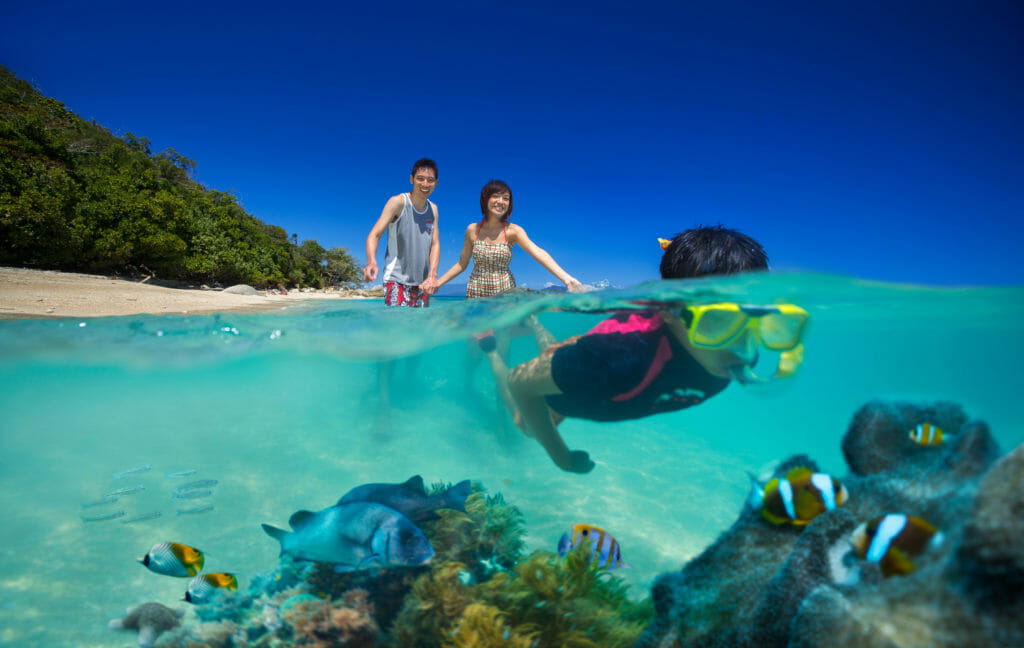
Beyond the beaches, there are fabulous walking tracks and attractions to visit. Take the Secret Garden Walk through the rainforest or tackle the Summit and Lighthouse Trail with older kids for spectacular views over Little Fitzroy Island.
Be sure to visit the Cairns Turtle Rehabilitation Centre that nurses sick and injured marine animals back to health. Only 45 minutes by Fast Cat from Cairns, Fitzroy is great for a day trip, but you could easily spend a week here and not get bored. Pitch a tent at the council campgrounds or treat yourself to a stay at Fitzroy Island Resort.
Read more: Insider tips: What to do when it rains in Cairns
Phillip Island, Victoria
Penguins, motorbike racing and farmstays – Phillip Island has a bit of everything. But if there’s one must-do, it’s to camp out along the coast to see the parade of little penguins return at sunset to roost. Watch them waddle in from the tiered seating at Summerland Beach, or take a stroll along the raised boardwalks to take a peek into their burrows.
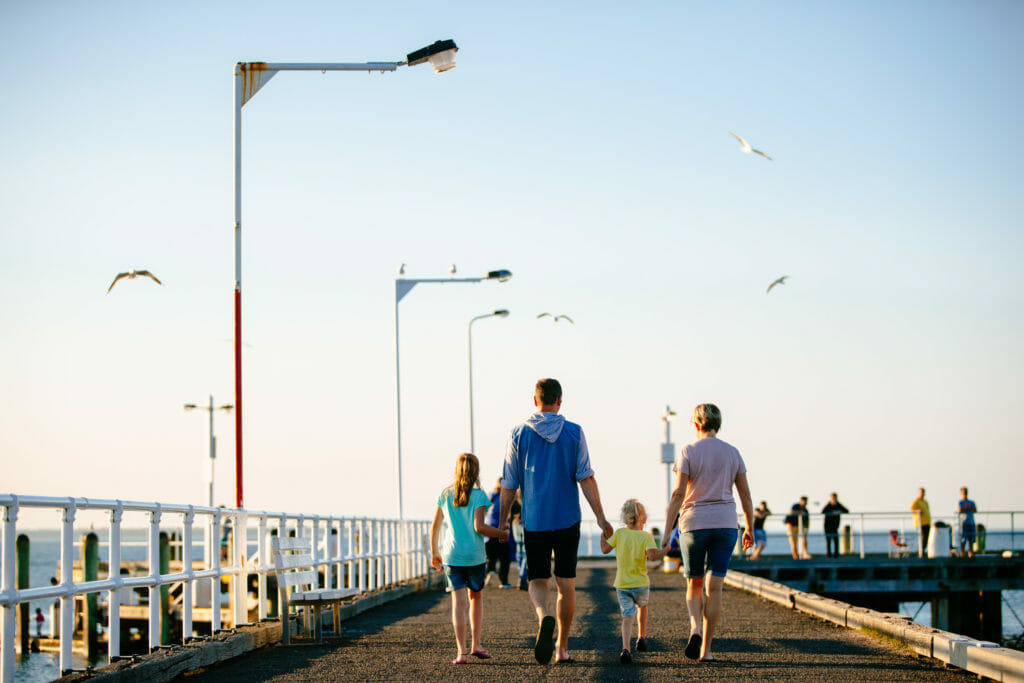
For more animal encounters, visit the Koala Conservation Centre or head to Seal Rocks at the south-western tip of the island. Here you’ll find Australia’s largest fur-seal colony.
Phillip Island is also a hotspot for motorsports. Some of the world’s fastest drivers tear up the Phillip Island Circuit at various races throughout the year. Little rev heads can jump in a go-kart and follow in their tyre tracks at the smaller-scale Go Kart Track.
Families have plenty of accommodation options to choose from, including farmstays, apartments and cabins.
Read more: Accessible Phillip Island – where to stay, play and eat
Norfolk Island
The Norfolk pines of this small island territory make for a great game of hide-and-seek, but families will find plenty more to do beyond the tree-lined beaches. A 2.5-hour flight from Sydney or Brisbane, Norfolk Island is just a speck in the Pacific Ocean but have plenty on offer for nature-lovers.
Dense rainforests, wild bushland and dramatic coastline form the backdrop of a captivating penal history.
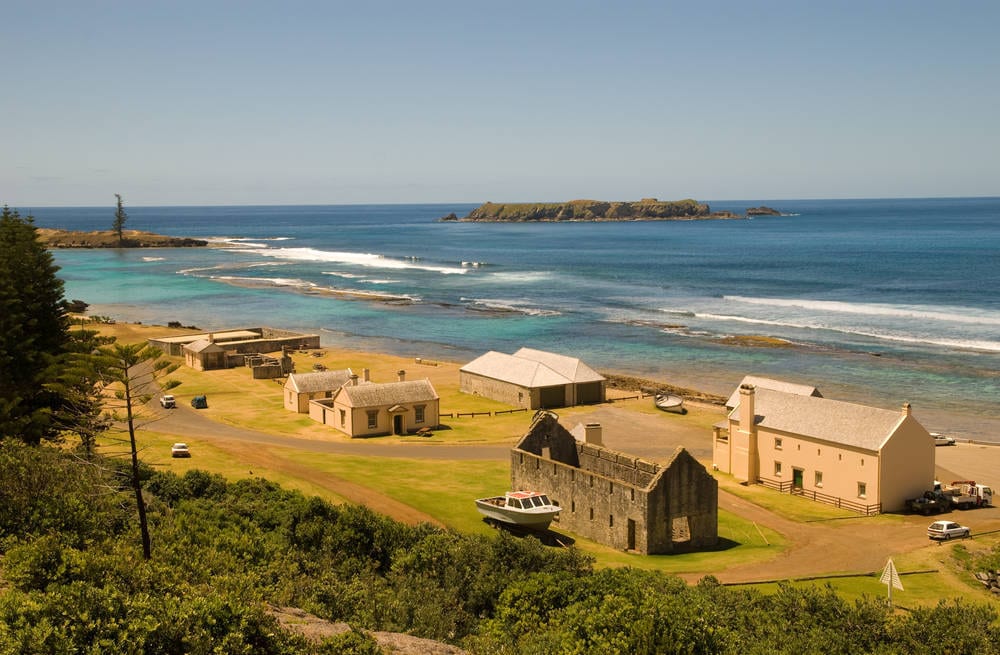
Norfolk was inhabited by East Polynesians before British settlement in 1788 and has its fair share of spooky stories. Locals are always keen to share the ghostly tales of the convict era and kids may have even learned about the HMS Sirius shipwreck kids in school. Norfolk has plenty of less macabre offerings as well. A network of bush trails connect secluded beaches, leafy picnic hideaways and pockets of sub-tropical rainforests. Whether exploring by foot, bike or car, the 8km-by-5km island is easily covered in a few days. If you’re driving, just remember, ducks, cows and geese have right of way. Families will find accommodation for all sizes, styles and budgets.
Fun fact: Norfolk Island celebrates Thanksgiving every year. I mean, REALLY celebrates it. Here’s why.
Hamilton Island, Queensland
Hamilton Island is situated in the Whitsundays off far north Queensland. With an airport on the island, families can reach the destination from most capital cities around Australia.
Located in the heart of the Great Barrier Reef, Hamilton Island is surrounded by warm turquoise waters, protected inlets and beach hideaways. There is a wide selection of accommodation ranging from comfortable and casual to jaw-droppingly luxurious.
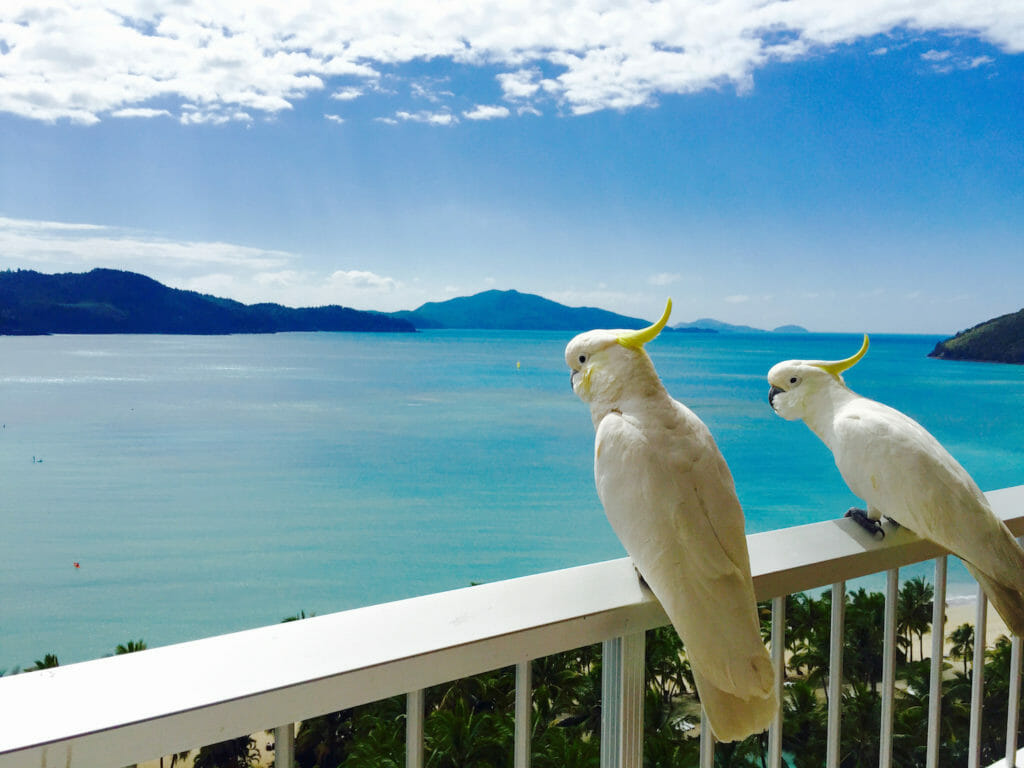
The island is mostly car-free and covered in bushland. You can either walk to your favourite spot or hire one of the many golf buggies to zip around the place in no time. At Catseye Beach, families can make use of free sea kayaks, catamarans, windsurfers, and paddle boards, as well as snorkelling gear.
On dry land, you can take a ride on a go-kart, enjoy a game of mini golf or check the kids in to the Clownfish Club. World famous Whitehaven Beach is only a 30-minute board ride from the island’s marina. You can also parasail, fish, visit the island’s own wildlife park or take the kids to one of the many eateries and restaurants.
Read more: 11 reasons Hamilton Island is a perfect family holiday destination
Heron Island, Queensland
If you visit Heron Island you don’t need to get a boat to the Great Barrier Reef – you are on the Great Barrier Reef.
Heron Island is a coral cay. Sand built up over time to form an island in the middle of Australia’s Great Barrier Reef. Seeds dropped by migrating birds eventually grew into a wild canopy, a safe haven for muttonbirds and Pacific Reef Heron – after which the island is named.
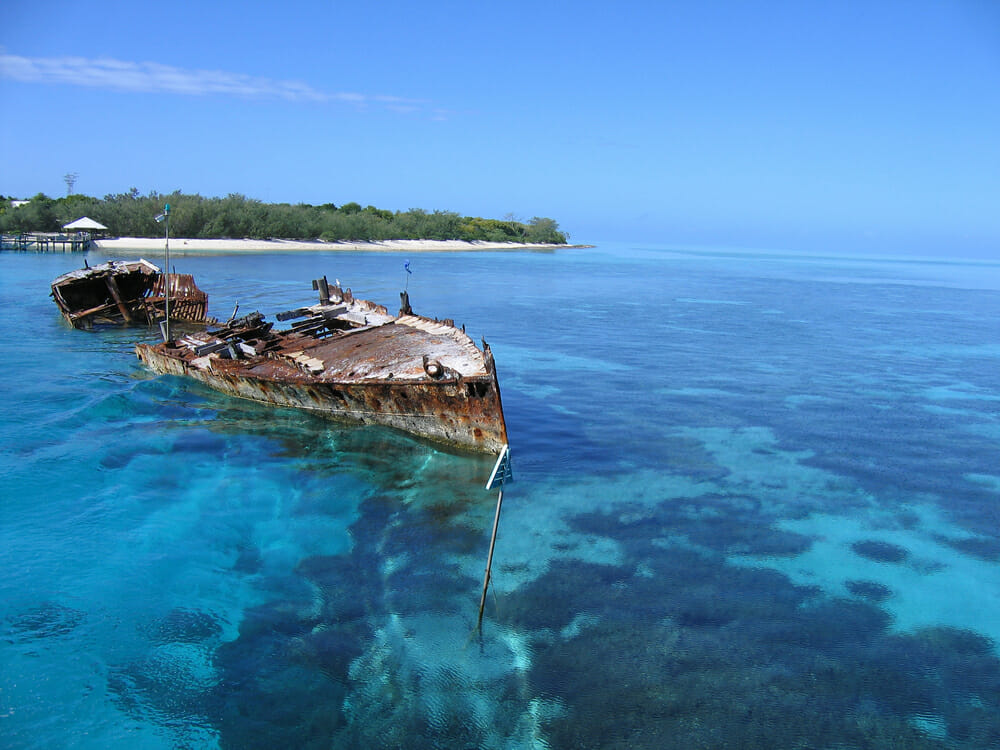
Heron Island is one of the southern Great Barrier Reef islands. It is unaffected by any of the coral bleaching that has occurred further north. The island is easily accessible by ferry from Gladstone. The ferry ride is incredible. You won’t believe the colour of the water and sometimes dolphins will swim along with the boat.
Heron Island has one resort and one marine research station. It feels exclusive, small and intimate. You can walk around the Island in about 40 minutes. But trust us, you won’t be able to do it that fast. You will get distracted by coral, reef sharks, sea cucumbers, rays and fish. All of which you can see from the beach.
Apart from snorkelling, the kids will LOVE watching the turtles hatch from January to May. Between October to March each year you can also head out after dark to find turtles laying their eggs on the beach.
Read more: Top 15 tropical destinations for families – the complete list
Bruny Island, Tasmania
The bushwalker and the foodie alike will salivate over this offshore offering a hop, skip and jump from the Apple Isle itself. While many would settle for a day trip to this Tasmanian gem, Bruny Island’s car ferry and family-friendly cottages make an overnight stay convenient and not too expensive.
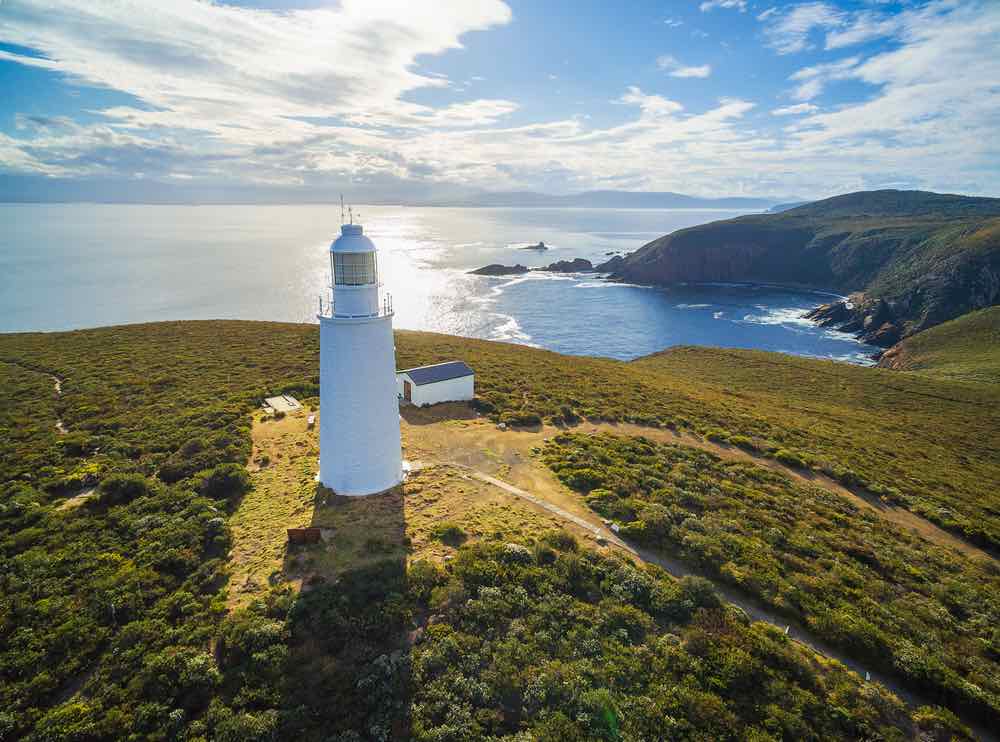
By extending your visit, you’ll be able to make the most of the scenic bushwalking trails of Adventure Bay and Cloudy Bay, breathe in the ocean air at Cape Bruny lighthouse, and maybe even spot a penguin at the Neck Reserve.
Work up an appetite and taste-test your way through the local ‘cheesery,’ smokehouse and berry picking experiences, before a dose of history at the Quarantine Station.
In terms of Tassie, Maria Island is another awesome pick.
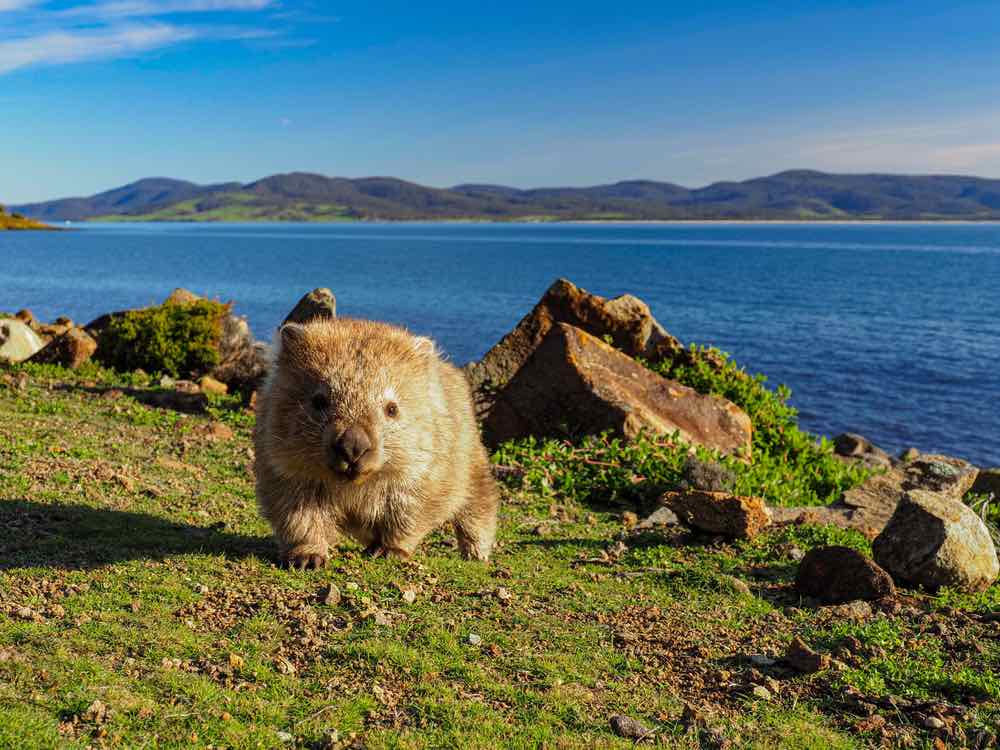
Rugged and unspoiled, we love it because it is completely car-free and will throw you headlong into history and the outdoors. Sleep in the Old Penitentiary or stay at the Darlington campsite, then spend your days exploring the forest trails, convict settlement ruins and some phenomenal sandstone cliffs.
READ MORE
Great Barrier Reef islands you can camp on
5 private islands you can rent on a budget
9 reasons Fraser Island is perfect for families
Janeece Keller is the founder and editor of Family Travel. She mostly travels with her husband and two young kids. She has a large blended family that lives in Australia and Europe. She has visited 52 countries and lived on 3 continents. From camping to luxury resorts Janeece tries to make sure her family has diverse holiday experiences each year. She is an avid hiker and ocean swimmer who loves good food, margaritas and heading off the beaten path.
